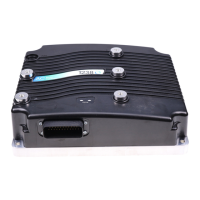
Do you have a question about the Curtis Instruments 1232 and is the answer not in the manual?
| Brand | Curtis Instruments |
|---|---|
| Model | 1232 |
| Category | Controller |
| Language | English |
Details controller mounting, high-current, and low-current connection procedures and specifications.
Provides wiring diagrams, switch input details, and throttle wiring configurations.
Lists and details the electrical specifications for all digital and analog inputs and outputs.
Parameters for Speed Mode Express and Speed Controller, including limits and tuning.
Parameters for Torque Mode, including speed limiters, response, and fine-tuning.
Parameters for throttle, brake, EM brake, contactors, drivers, motor, battery, and vehicle settings.
Parameters for emergency reverse, interlock braking, CAN interface, and motor characterization.
Displays real-time status of controller inputs, outputs, and analog signals.
Shows battery, motor, controller status, cutbacks, and tuning data.
Displays vehicle operating data and CAN communication status.
Guides on setting motor parameters, encoder steps, temperature sensor, and direction.
Setting parameters for current limits, battery, contactors, EM brake, throttle, and brake.
Performing fault checks, setting encoder direction, and configuring advanced features.
Steps for tuning Speed Mode Express and standard Speed Mode parameters.
Steps for tuning Torque Mode parameters, including response and fine-tuning.
Basics of VCL syntax, runtime rates, and I/O control.
Specific VCL functions for potentiometers, analog I/O, throttle, and brake commands.
Using VCL for fault management and implementing control logic.
How to obtain diagnostic data via programmer and LED displays.
Guides on identifying and resolving faults using the troubleshooting chart.
Instructions for cleaning the controller exterior to prevent corrosion and damage.
How to access and interpret the controller's fault history log for diagnostics.
Explains fundamental principles of AC induction motor control and algorithms.
Details IFO technique, PWM modulation, and the controller's power section.
Discusses EMC aspects including emissions, immunity, and shielding.
Details ESD protection measures and design considerations for preventing damage.
Statement regarding compliance with the Waste Electrical and Electronic Equipment directive.
Statement regarding compliance with the Restriction of Hazardous Substances directive.
Details the PC-based programming software and its requirements.
Describes the handheld programmer and its functionality.
Lists the core functions available through the programming devices.
Provides detailed electrical, environmental, and mechanical specifications for the controllers.
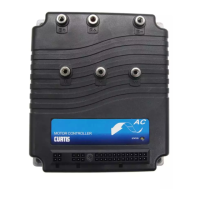
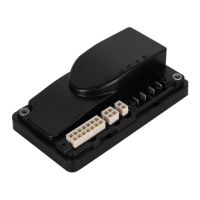
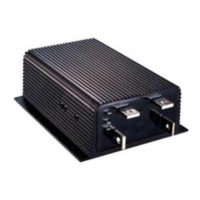
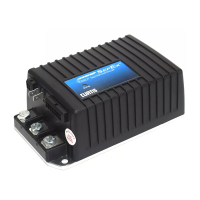
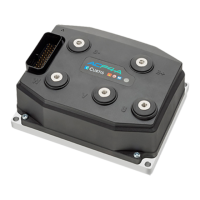
